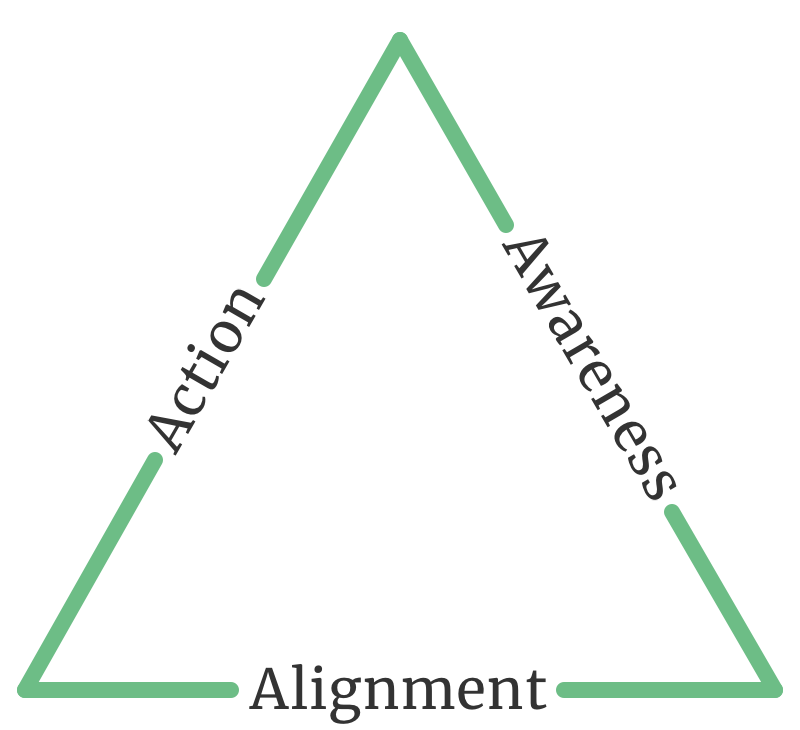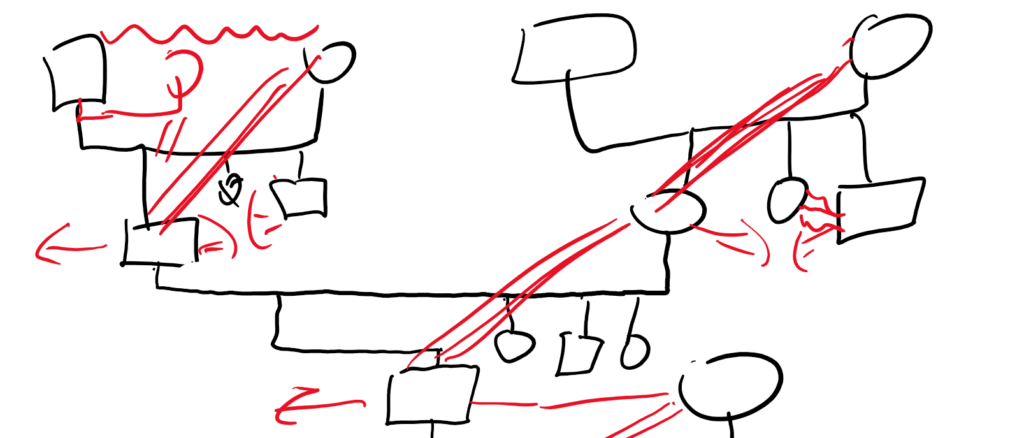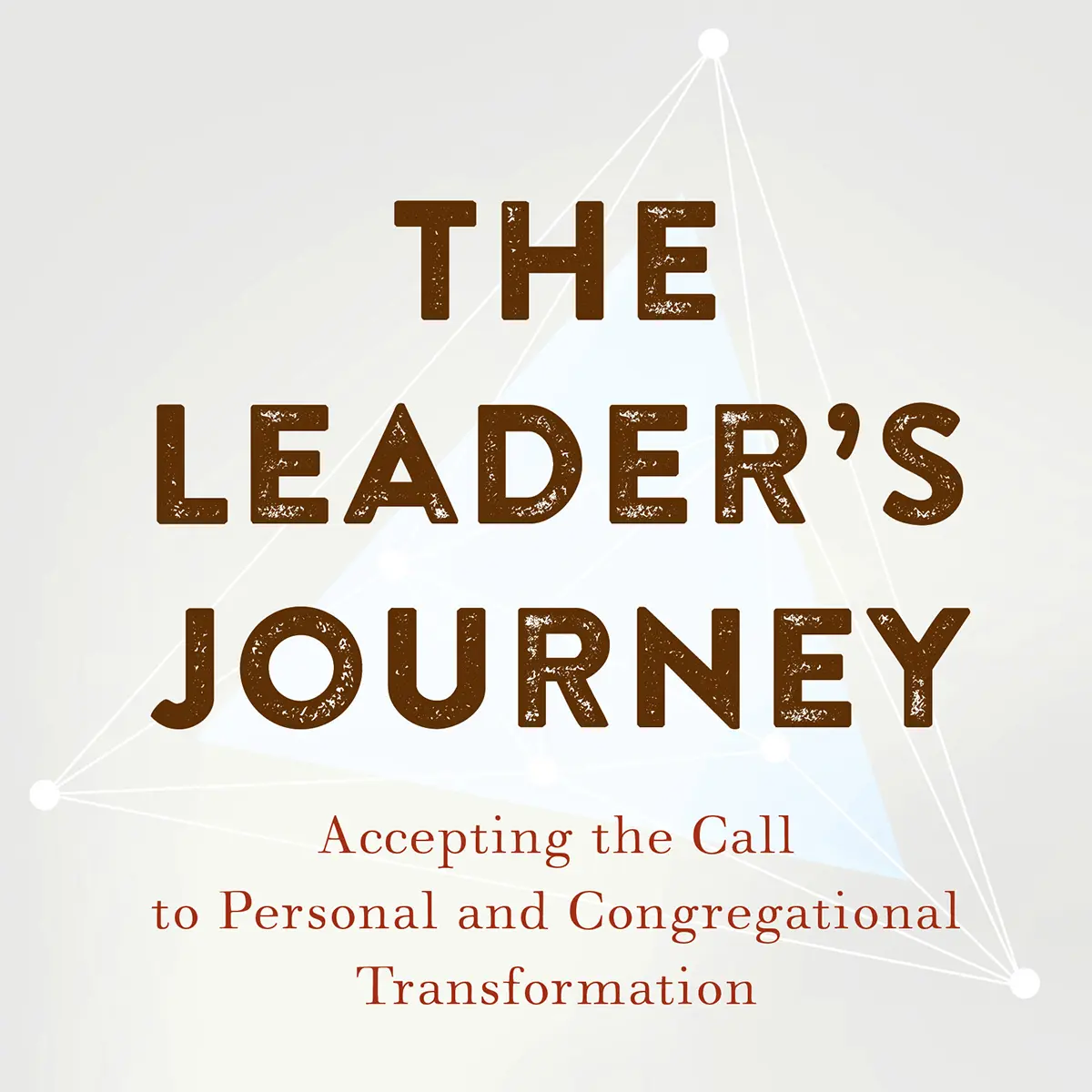At The Leader’s Journey, we offer coaching for leaders who want to experience a growing capacity to achieve the results in life and leadership that matter most to them. In fact, we enthusiastically recommend coaching as one of the primary ways that can happen.
Asking the question about self-coaching may seem counter-productive coming from someone who wants you to become a paying client but even more than wanting to coach you I want to live in a world– go to churches, work for companies, have friends and neighbors, and address societal issues— with women and men who are expressing their best talents and abilities as leaders. More than wanting to coach you, I long to live in a world that is marked by the characteristics of love and justice, a love and justice that is both deep and wide.
In breadth, these twin characteristics would mark all human interactions spanning from intimate family relationships to international treaties. In depth, love and justice would undercut even our basest instincts which bend us towards violent means and self-serving ends. To realize this world, we need to be able to ‘coach’ ourselves “in the moment.”
This is because coaching is not self-help or therapy. These may be helpful. But coaching adds another dimension that is also necessary.
Coaching is not self-help.
When I am coaching myself or others I don’t assume that ‘self’ has all of the answers at all. For me the right coaching posture is one of simple curiosity– what do I need to learn from this person? From this emotion? What might God be doing in this situation? Self-help turns my thoughts inward. Coaching, outward.
Coaching is not therapy.
Therapy is about understanding and healing and wounds. Mental health counseling, psychological testing, and psychiatric intervention all live in the world of diagnosis and treatment. Insurance companies will reimburse us for these services.
Most communities are woefully short of an adequate number of mental health providers necessary to meet these needs. Many individuals are walking wounded and would benefit immensely from quality time with a skilled therapist. This brings us to a crucial distinction: One can not do therapy on one’s self any more than one could remove her own appendix.
My own point of distinction between therapy and coaching is that coaching is uniquely about awareness, alignment, and action.

In coaching, we align our actions and behaviors and decisions with well-thought-out principles. We grow in our awareness of the beliefs and assumptions that motivate our actions. And further, we practice growing our awareness of the impact on ourselves and others when our actions are out of alignment with our principles. Finally, we align our actions with our goals
The work of a clinical behavioral health professional provides an essential foundation for these leadership coaching goals but stands distinct from them. Unlike self-therapy, self-coaching is not only possible, it is an indispensable skill for leaders.
What are the components to coaching self?
I am approaching my answer to this question from the perspective of Bowen Family Systems Theory (BFST).
In other articles, I have described the unique perspective that Bowen brings to the leadership conversation. This is an extension of that perspective.
Recognize when you are stuck
The first element to coaching self is to become aware that you are stuck. It takes some courage to admit that you are up against a problem or obstacle that you don’t readily know how to solve. It takes some strength to hear that feedback from others. Telling the truth about where you are stuck, about what isn’t currently working or isn’t working to the degree that you would like it to, already begins the process of getting un-stuck. What I can see, I can change. What am I currently pretending that I don’t know?
Engage your thinking
The next element of self-coaching is to engage the thinking part of the brain. Here I am assuming that the need for self-coaching emerges in the context of a particular stressful situation, or that we are generally feeling overwhelmed and anxious and we “don’t know what to do.” As a leader have you ever been in a ‘no-win’ situation?
When we feel overwhelmed or trapped our self-preservation instincts hardwire us to fight or flee in the face of these perceived dangers. Fighting or fleeing, and the various expressions these take in our relationships and leadership roles, might be adaptive for survival in the near-term, but these automatic responses generally don’t prove to be all that helpful for long-term problem solving or for steady progress towards a goal. This is because when the limbic system is running the self-preservation and survival show, the pre-frontal cortex is taking a nap. The PFC is where my ability to reason and plan and apply my principles lives.
You can slow down a runaway limbic system.
The good news is that this works in the opposite direction as well. If powering up the limbic system powers down the PFC, then waking up the PFC will conversely tone down the effects of the runaway limbic system. To gain this advantage, I need to deliberately think. Not about the problem or dilemma, which is likely going to be anxiety disguising itself as rational thought, but just think.
Do a memory exercise. Work a Sudoku puzzle. Write a poem. Wire a light fixture.
I once had a teacher who worked on model ships. To get his thinking brain turned on he would imagine one of his ships and try to count the windows.
As you think, you will notice the physiological indicators of a revved-up limbic system beginning to dissipate.
Diagram the situation or challenge
A next element of self-coaching is to diagram. Creating a diagram on paper is an extension of the thinking process, but now applied more directly to the situation or challenge at hand. In their book Leadership on the Line, Heifetz and Linsky describe the advantages of taking a ‘balcony perspective.’ Getting up into the balcony allows one to see the problem differently.

In practical terms, it entails gaining a little bit of intellectual distance from the intensity of the challenge by employing curiosity and observation. I frequently have the experience of coaching someone who lives 800 miles away— and those clients often express appreciation for gaining insight that they had lacked. Then I will recognize (or it is pointed out to me) that I am dealing with a species of the same problem in my own life, but couldn’t see any way out of it.
Sometimes the balcony is only accessible if we literally get out of town. Sometimes we can slog our way up the steps by asking questions: Who are the players? How are they related to each other? What influences am I not considering? Who is reacting to whom? What is the history of this problem or dynamic? What are you contributing to the situation by what you are doing or not doing? How are you invading the boundaries of others or allowing your boundaries to be invaded?
You can make a diagram to capture all of these aspects of the situation you are addressing. Here, it is often useful to have an outside-of-yourself coach who can help you get into practice diagraming. Once you know the process, you can often do it for yourself.
Identify a point of action
A final element in self-coaching is identifying a point of action. Many times the experience we have in the heat of the moment is feeling that we are helpless and believing that there is nothing we can do. And while we may not know all of the things to do, we can often identify one next thing to do. That one-next-thing will often suggest itself at the intersection of our diagram work and our guiding principles.
Guiding principles are action-oriented convictions about how I want to show up in the world. They guide me. In the background of self-coaching lies the assumption that we have done the work of identifying and practicing our guiding principles, work that is not done in the heat of the moment when things are at their most intense, but over time and with prayer and reflection. Again, a coach is a useful ally in helping to discern and practice these. When I am living in my PFC more than my limbic system, I will have access to use my guiding principles.
As I look at my diagram and reflect on where I am stuck, I will often find a place that I am out of alignment with my guiding principles. One of my own guiding principles is to move towards people who are most difficult for me. My automatic limbic system brain wants me to run away from them. Avoid them at all costs.
In congregational ministry, there would be times that negative feedback would noticeably increase. People would describe discontent or upset about things that I thought were long settled. When I would diagram the congregational system during those times, I would often find a few difficult people with whom I had slipped back into the old avoidance pattern. Reconnecting with them would often calm the waters.
As I write this on a Good Friday morning, I think about Jesus coaching himself in the Garden of Gethsemane. His self-coaching took the form of a prayer expressing his guiding principle: Not my will, but yours be done. Facing the crucible of unthinkable suffering he persevered on mission by reclaiming his life-long guiding principle. Love and justice win over fear and pain.
Yes, we can learn to self-coach. Quality leadership requires it. And I would still love to coach you along the way.
Photo by Danielle MacInnes on Unsplash









